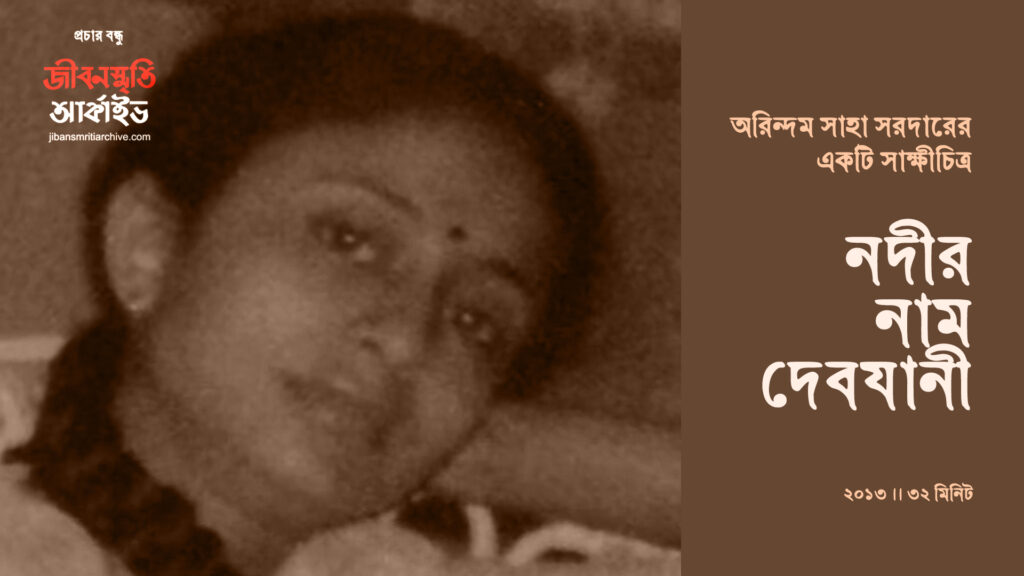
’Nadir Naam Debjani’ is a profoundly sensitive work by director Arindam Saha Sardar. It transcends the stark reality of a debilitating disease like Thalassemia to tell a story of unwavering love for life and human resolve. This is not merely a documentary; it is a poetic testament to the life force where personal struggle transforms into universal inspiration. The film’s language, visual imagery, and nuanced use of music elevate it to a deep, philosophical dimension.
The director eschews melodrama or excessive sentimentality, adopting a calm, intimate, and introspective point of view. The narrative, recounted in Debjani Ghosh’s own voice, lends the film profound authenticity. The camera operates as a sensitive listener, skillfully capturing the silent internal struggle.
Where typical portrayals might focus solely on the agony of the disease, Sardar emphasizes mental resilience, a passion for education, and a deep love for music. The director’s core message is articulated through Debjani’s successful pursuit of higher education and her attempt to live a normal life despite her congenital weakness. His foresight ensures the film delivers a message of hope and resolve to move forward, making it a critical message for contemporary society.
The title ‘Nadir Naam Debjani’ is the film’s most powerful metaphor. The river symbolizes the uninterrupted flow of life and ceaseless motion. Thalassemia repeatedly drains Debjani, much like stones or bends test a river. Yet, as a river never permanently yields, Debjani moves forward with indomitable willpower, highlighting her resilience—the ability to find her rhythm after impact.
In the opening sequence, the shifting light on the dark water’s surface sets the film’s tone. Water symbolizes life and depth. The interplay of light and shadow on the ripples reflects the tumultuous, yet profound nature of her struggle. These flickers of light represent the hope and determination that cut through the darkness of her disease. The protagonist standing silhouetted against the rising sun is a strong visual metaphor for rebirth, hope, and the triumph of the spirit. The sun represents a new beginning and renewed energy, directly contrasting with her physical debility but aligning with her internal resolve to “advance” and “progress” with “that little energy.”
Dedicating the film to blood donors is a literal and symbolic tribute. It highlights the life-sustaining necessity of external support, representing the community and humanity that literally pumps life into a Thalassemia patient. This serves as a powerful metaphor for altruism and enduring hope.
In addition, Utshab Mondal’s music arrangements lends essential depth to the documentary’s mood. The score is restrained; it acts as a silent companion to Debjani’s quiet pain and steady resolve. The tunes, though melancholic, are never devoid of hope, creating an ambience of calm determination. The subtle use of music, particularly in nature scenes and emotional moments, effectively draws the viewer into the story’s intimacy.
‘Nadir Naam Debjani’ offers more than just awareness about Thalassemia; it fosters a profound philosophy of life. The director’s humane perspective, the skillful deployment of thematic imagery (including the tribute to blood donors), and the calm mood set by the music transform this film into a poetic artwork that rises above all physical limitations to salute the indomitable human spirit.

Jibansmriti archive Blog
Joint editor : Arindam Saha Sardar Curator & president, Jibansmriti Archive
Biyas Ghosh secretary, Jibansmriti Archive.
Chief assistant editor : Moumita Pal
Editorial board members : Ankush Das
Vol. 1, 19 October 2025

It’s wonderful to hear this documentary focuses on the strength of the human spirit despite the challenges of Thalassemia; I found some additional context on related health resources at https://seed3d.ai.